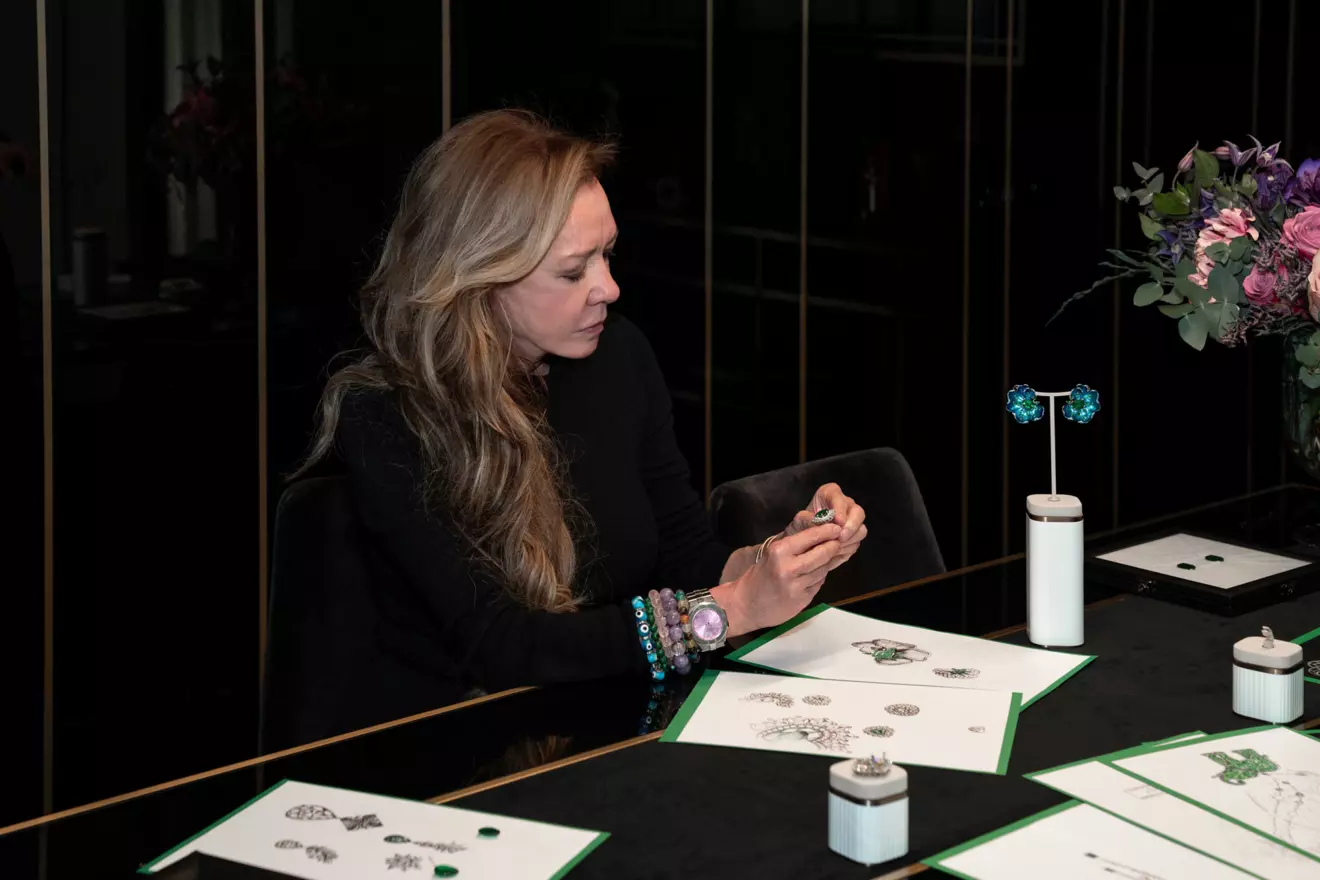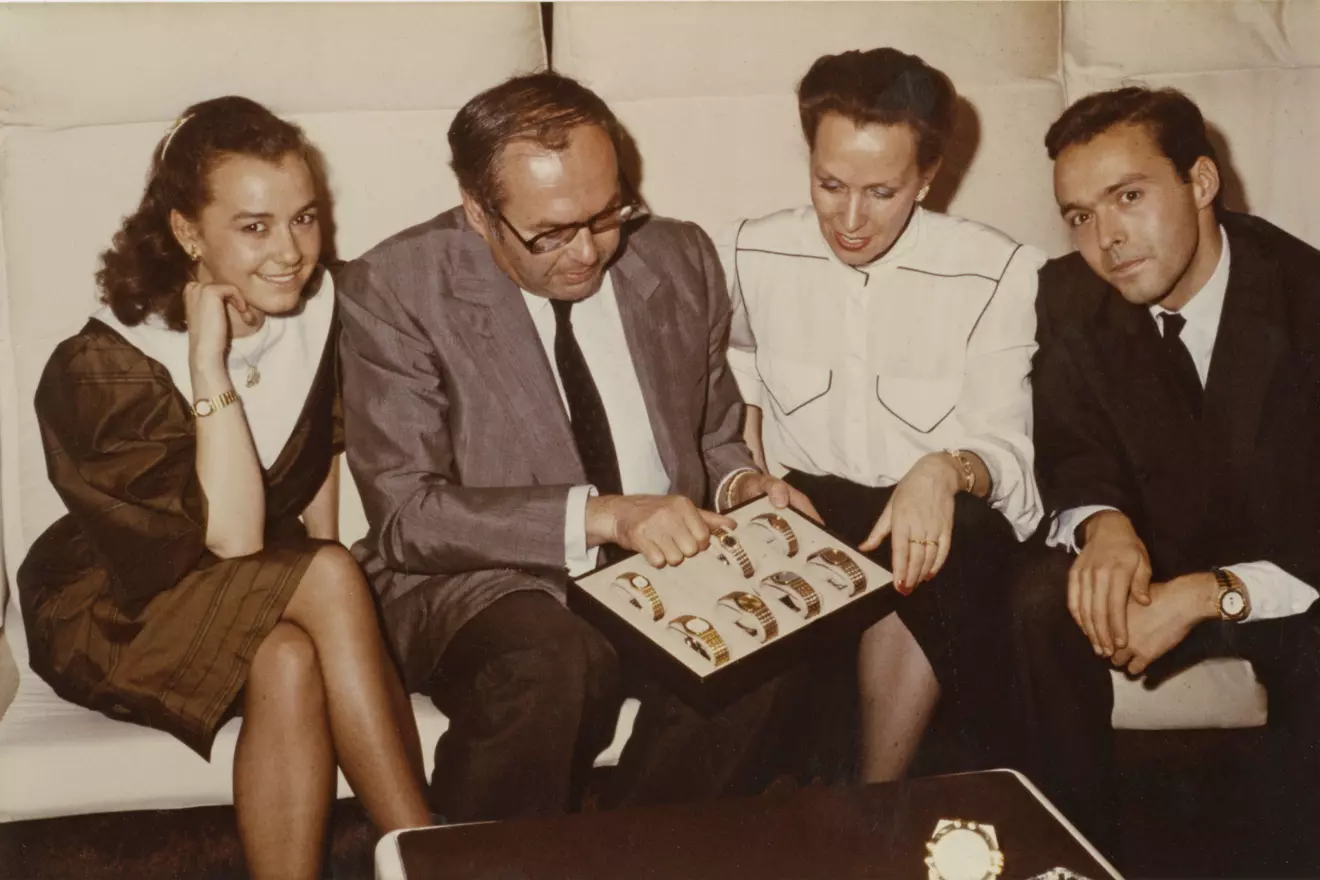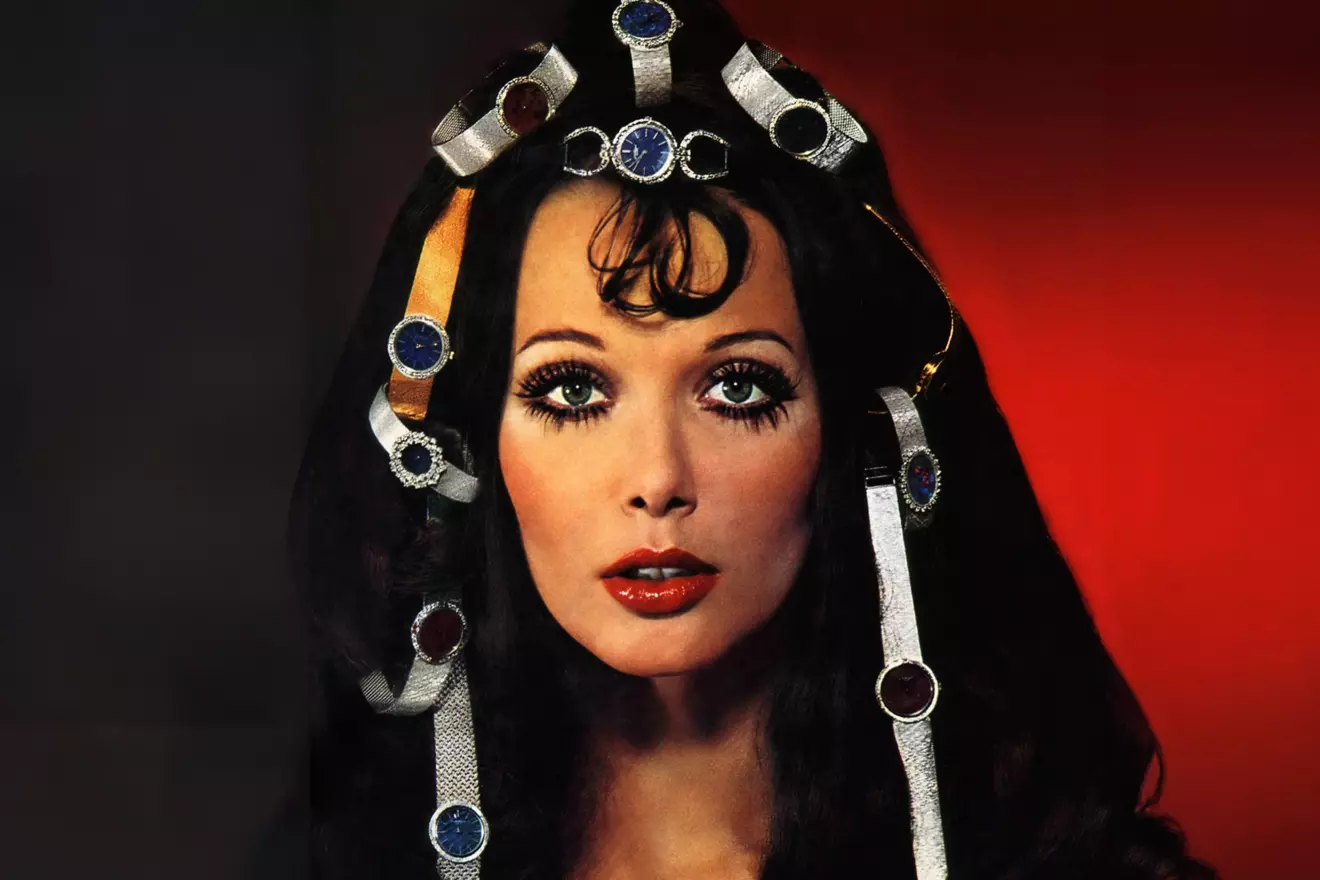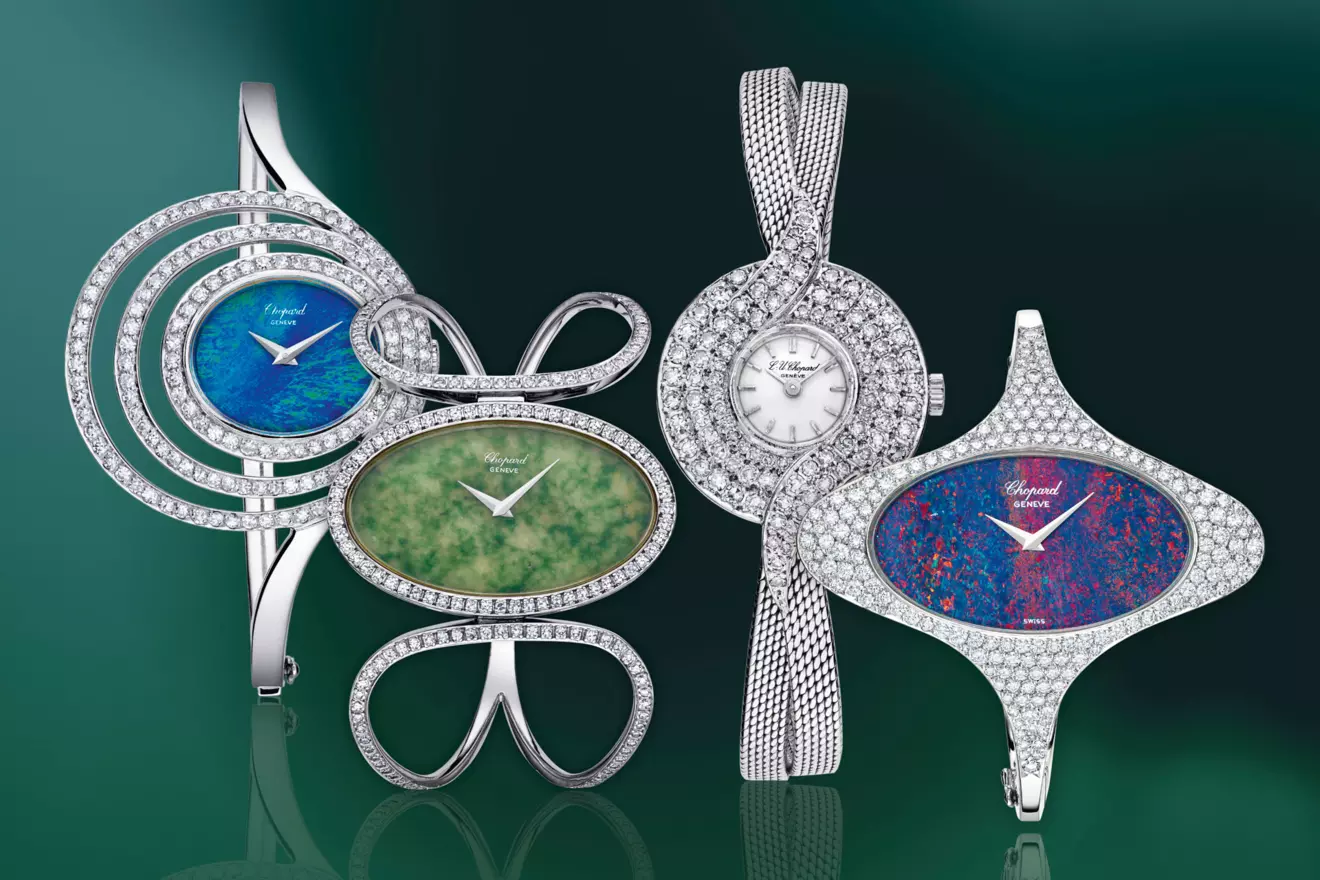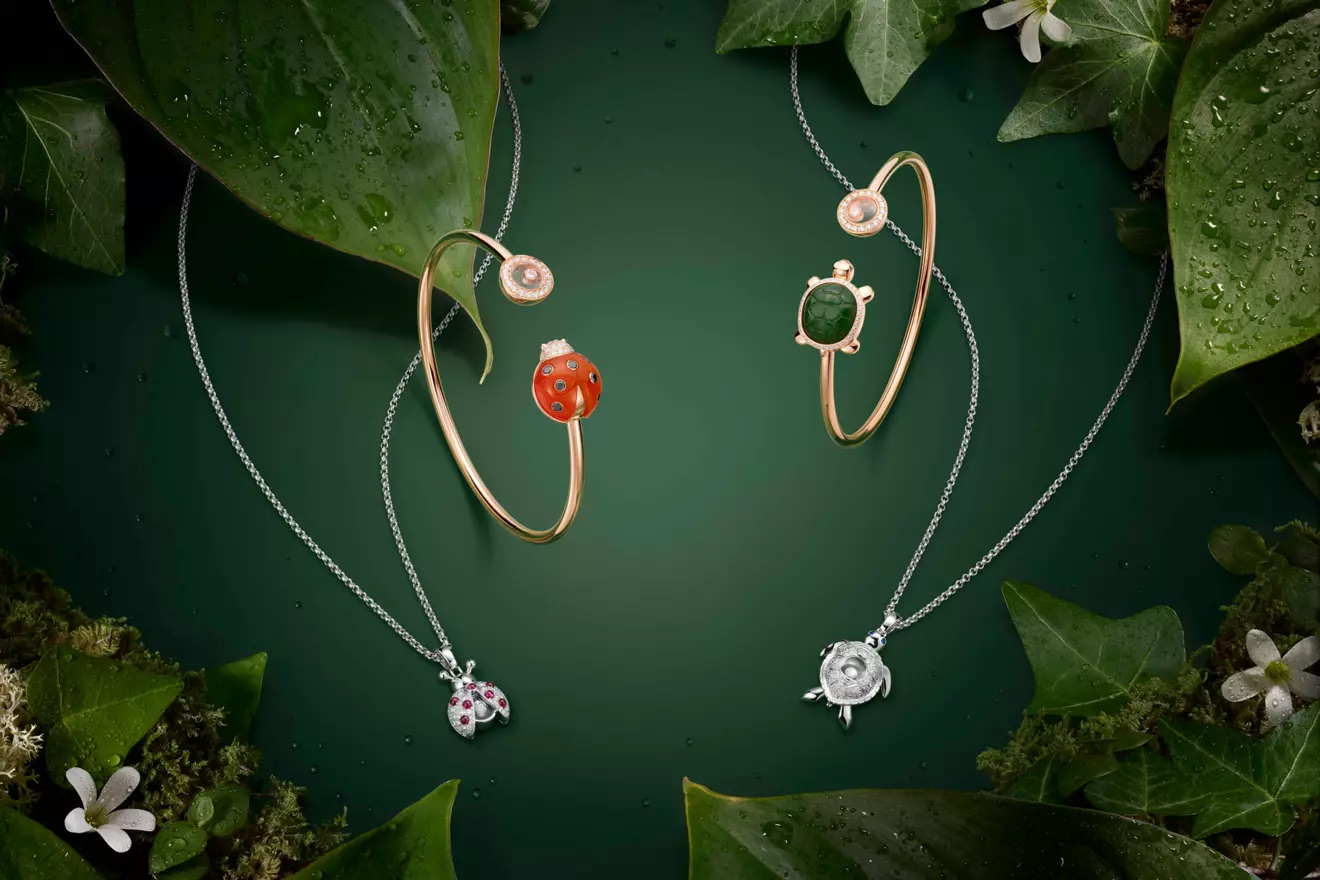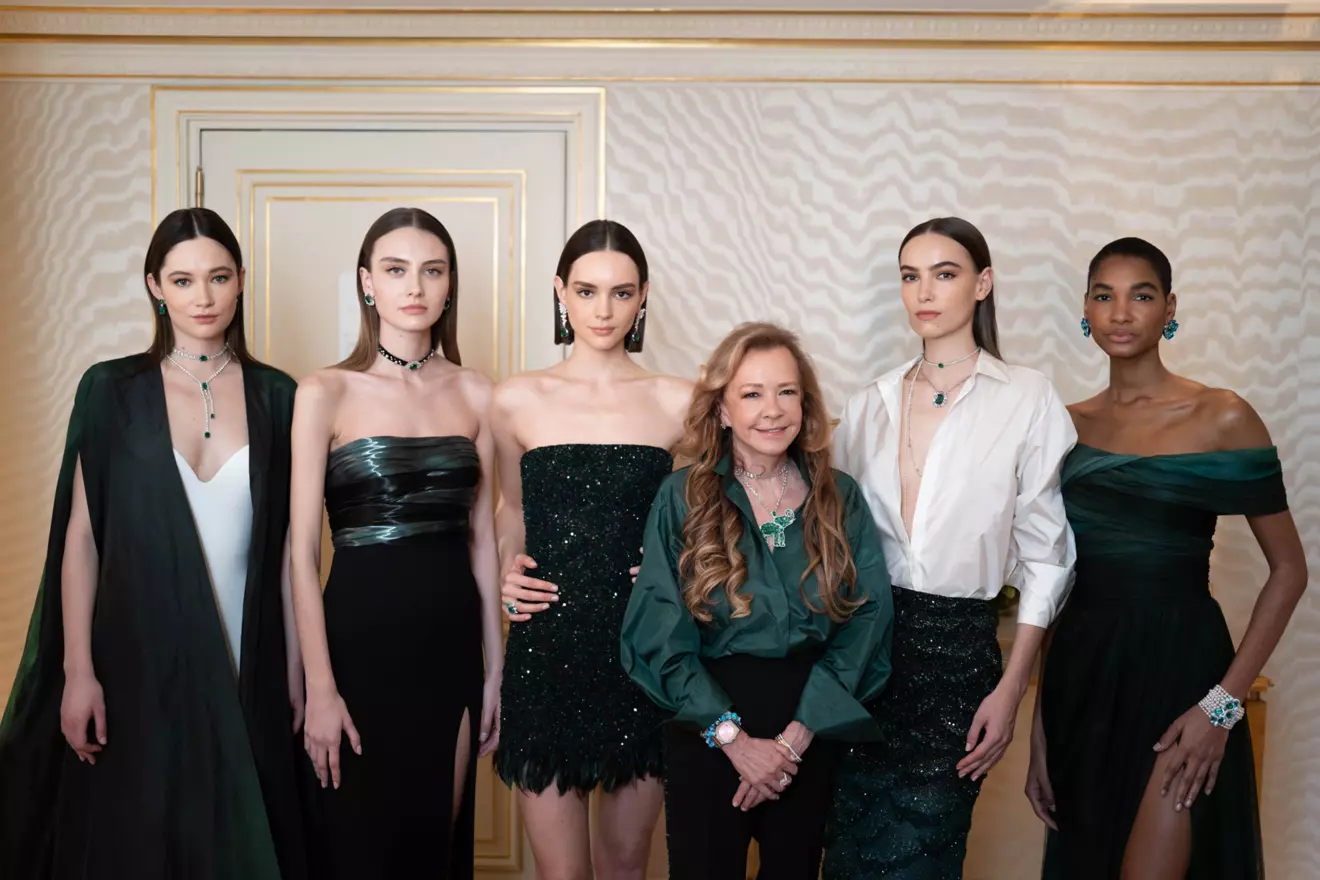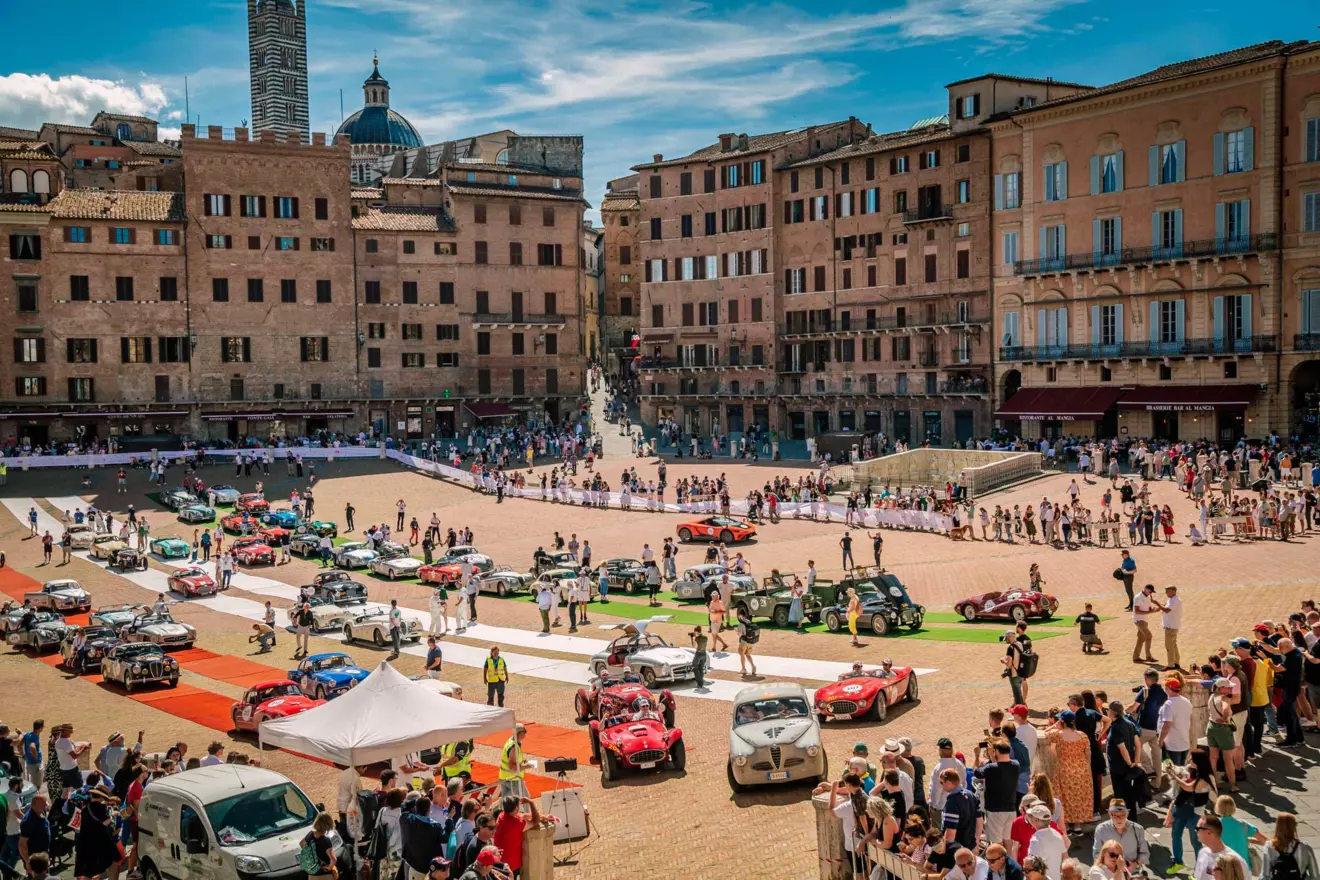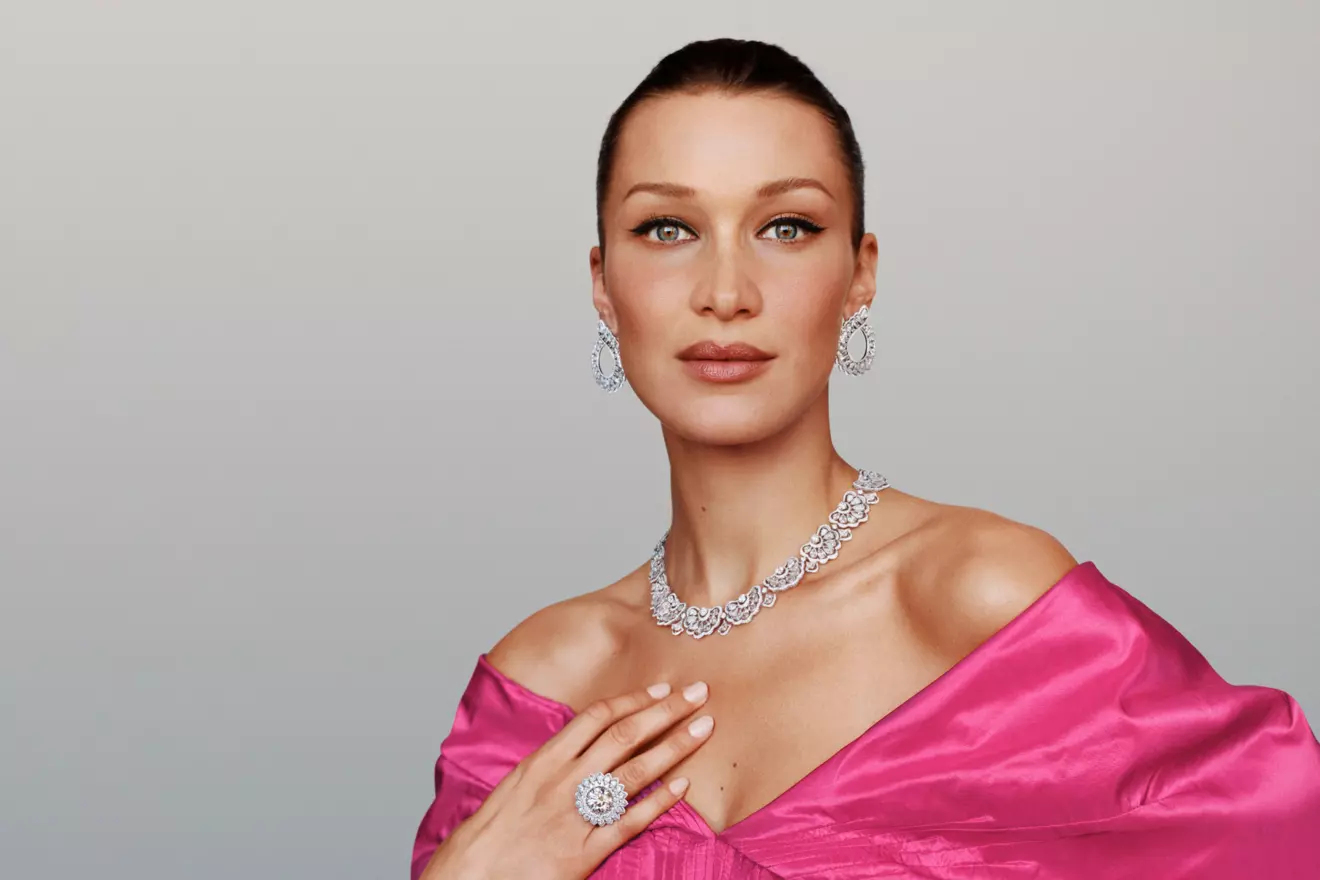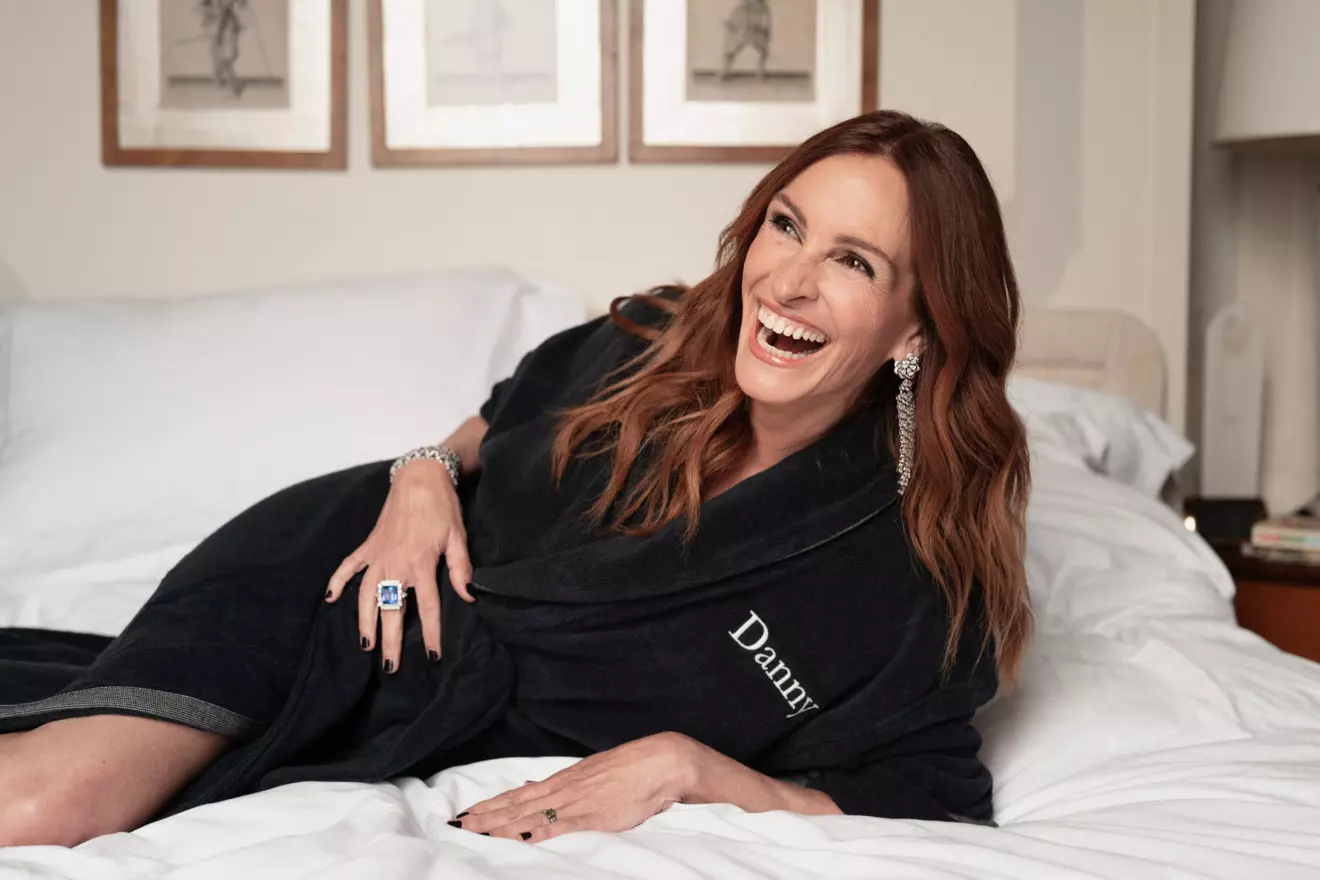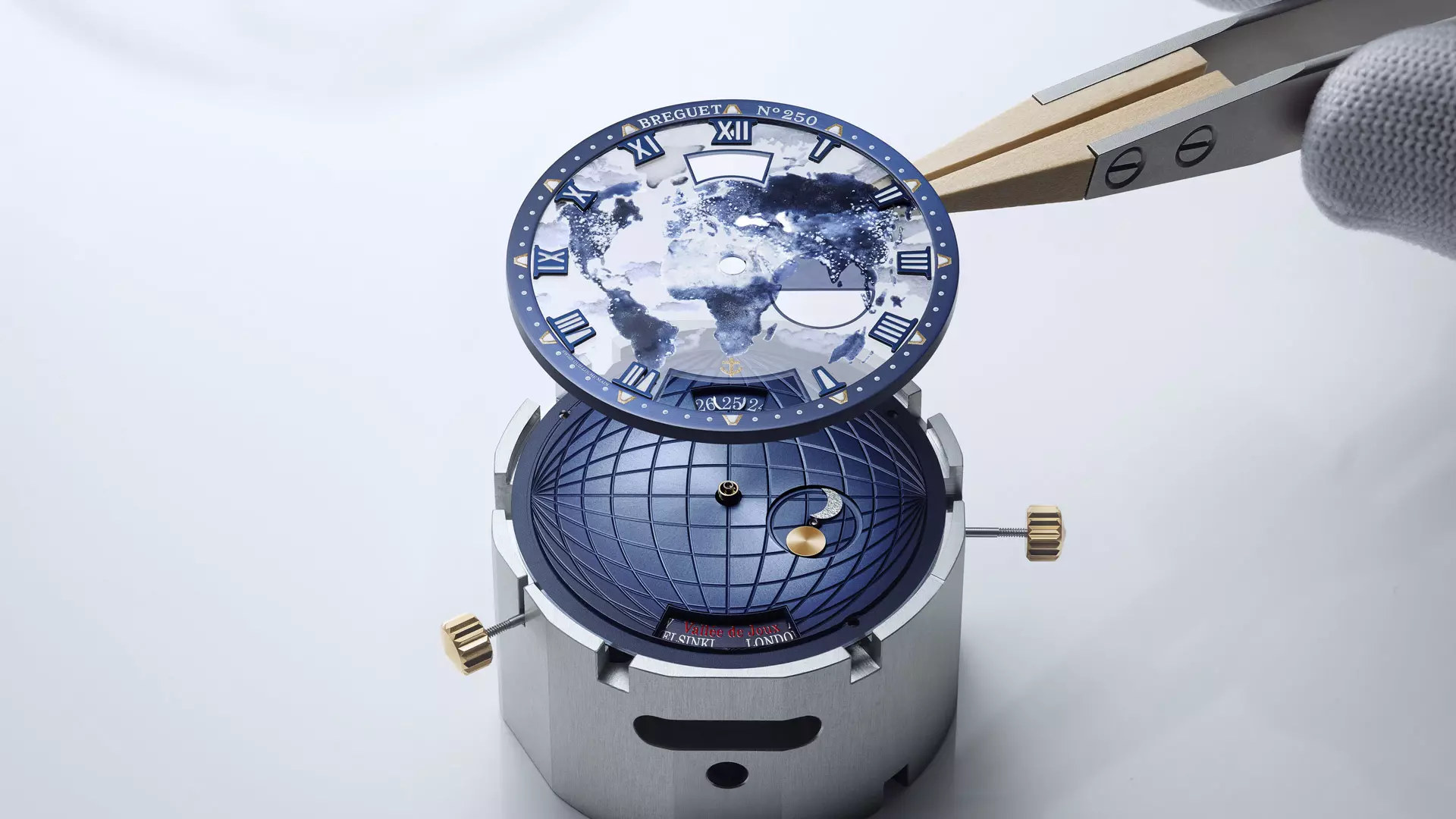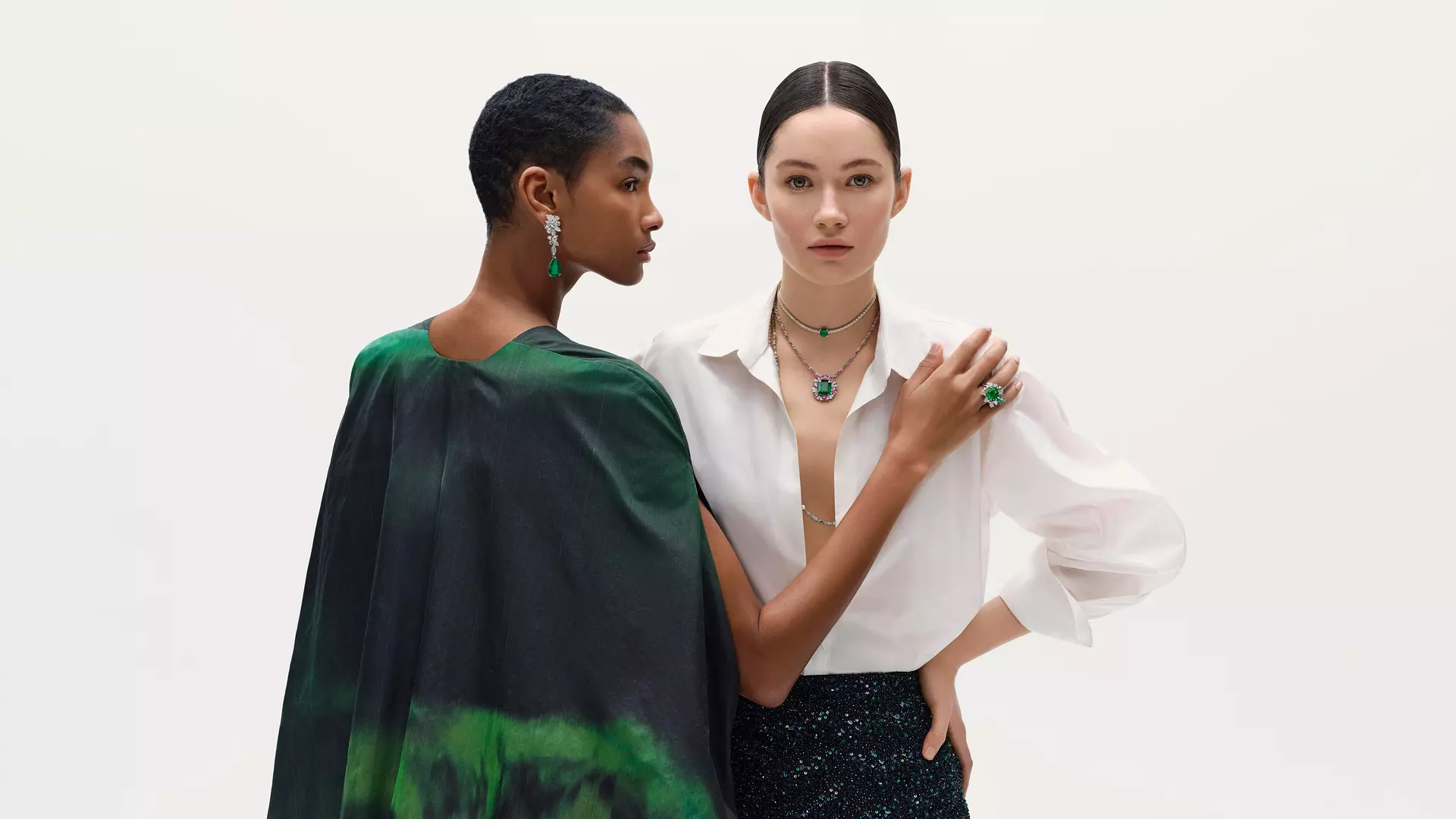
Chopard: Tale of Innovation, Craftsmanship, and Artistic Excellence
From exquisite jewelry to exceptional timepieces, Chopard is the embodiment of heritage, craftsmanship, and timeless elegance. For decades, its iconic creations have defined the very essence of enduring luxury and sophisticated style
Chopard: From rails to red carpets
In 1860, Louis-Ulysse Chopard founded his watchmaking workshop at the age of 24. Encouraged by his father, a beekeeper, he had begun studying horology as a boy, showing an early aptitude for mechanical precision.
Rather than follow the common practice of manufacturing movements for other brands, Chopard set out to create and sell complete timepieces under his own name.
Working with components from regional specialist workshops, Chopard assembled slim, reliable pocket chronometers, refining each mechanism to his own high standards. His craftsmanship soon gained recognition. Chopard was appointed official supplier to the Swiss Railways and the Swiss Shooting Federation (Tir Fédéral), a testament to the quality and reliability of his work.
A family story of precision
Seeking wider markets, Louis-Ulysse travelled across Europe to exhibit his timepieces. His designs attracted clientele in Scandinavia and the Russian Empire, including one of his most distinguished patrons – Tsar Nicholas II. These early international successes marked the beginning of a global perspective that would continue to guide the house for generations.
Following his death in 1915, Louis-Ulysse’s son Paul-Louis Chopard took over the business, focusing on precise chronometers and elegantly styled watches for women. In 1922, he moved the company to La Chaux-de-Fonds, a centre of Swiss watchmaking, and later to Geneva in 1937, positioning Chopard closer to international markets. The next generation, led by Paul-André Chopard from 1943, continued the family legacy through difficult decades marked by war and economic uncertainty.
By the early 1960s, however, the future of the brand was unclear. Paul-André, though dedicated to his craft, struggled to adapt to the demands of modern business. With only a handful of employees and no successor, the company faced the possibility of closure. In 1963, a new chapter began when Karl Scheufele III, a young watchmaker and jeweller from Pforzheim, acquired the brand.
Happy Diamonds, lasting legacy
Scheufele, along with his wife Karin, brought renewed energy to Chopard while maintaining a strong respect for its heritage. Under their direction, the house began to expand beyond watches, introducing collections of fine jewellery that combined Swiss precision with artistic expression. While Karin managed operations in Germany, Karl focused on building the brand’s international presence and nurturing long-term relationships with partners and collectors alike.
During a visit to the Middle East, Scheufele noted the growing interest in men’s watches set with gemstones. This observation inspired the launch of Happy Diamonds in 1976. Designed by in-house artist Ronald Kurowski, the watch featured floating diamonds between two sapphire crystals. To prevent the stones from scratching the surface, each diamond was encased in gold – an elegant solution that preserved both aesthetics and function.
The design won the Golden Rose of Baden-Baden and quickly captured the interest of collectors. Although the original was created for men, it soon evolved into a women’s model and became the foundation for Chopard’s first jewellery line. Karin Scheufele famously remarked: 'Diamonds are happier when they’re free'.
In 1985, the couple’s daughter, Caroline Scheufele, then a teenager, designed a clown-shaped pendant containing three miniature floating diamonds. Encouraged by her father, she had it produced in secret at the Chopard workshop.
This playful and imaginative creation became Chopard’s first official jewellery piece – now a symbolic gift from fathers to daughters. Caroline’s creative instinct would go on to shape the identity of the house in the decades that followed, as she assumed the role of Artistic Director and Co-President.
From workshop to world stage
As the brand developed, it formed close ties with the worlds of cinema and motorsport – industries where design, precision, and emotion intersect. Since 1988, Chopard has been a partner of the Mille Miglia, the historic Italian car rally that traces a scenic route from Brescia to Rome and back.
Karl-Friedrich Scheufele, Co-President of Chopard, participates in the race each year, often driving one of his vintage cars. Each edition of the rally is marked by the launch of a special Mille Miglia timepiece, inspired by classic automotive design and engineered with racing heritage in mind.
In 1998, Chopard joined the Cannes Film Festival as an official partner, assuming the role of crafting the Palme d’Or, the festival’s highest honour. This collaboration also marked the maison’s growing presence on the red carpet. Since then, Chopard’s high jewellery has adorned many leading actresses, with each piece crafted to combine technical mastery with visual elegance.
These one-of-a-kind creations, often unveiled in Cannes, reflect not only the brand’s design language but also the precision and skill of its artisans, whose work bridges fine craftsmanship and contemporary storytelling.
Crafting luxury, driving change
Chopard’s reputation, however, is built on more than design and craftsmanship. The brand has taken a pioneering role in sustainable luxury. It has committed to using responsibly sourced gold and gemstones, setting new benchmarks for ethical practices within the watch and jewellery industry.
In 2013, Chopard launched 'The Journey to Sustainable Luxury', a long-term commitment to traceable, fair-mined gold and responsible sourcing. Collaborating with organisations such as the Alliance for Responsible Mining, the house has introduced transparency and accountability into an industry long defined by opacity.
This approach reflects a broader vision – that luxury should not only represent refinement and rarity, but also care for people and the planet. Chopard’s initiatives have inspired others in the industry to follow suit, reinforcing the maison’s position not just as a creative force, but also as a leader in responsible innovation.
Photos Chopard, Greg Williams & Mille Miglia



